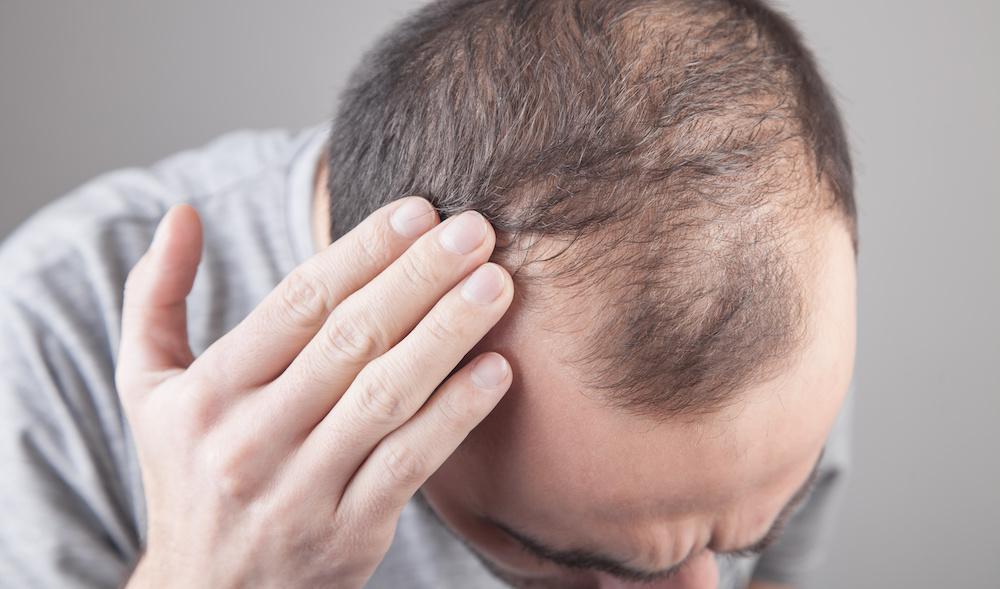For many people, gradual hair loss is a natural part of aging. But for people with alopecia, hair loss arises pretty suddenly.
A genetic condition, alopecia is the most common cause of sudden hair loss, affecting some 6.8 million Americans, and its symptoms can occur at virtually any age. Roughly 50% of cases start in childhood and 80% appear before age 40. Regardless of when your own symptoms arise, there’s hope.
At Northstar Dermatology in Fort Worth, Texas, we take our time to accurately evaluate and diagnose alopecia and then devise a customized treatment plan for hair regrowth and to prevent additional hair loss.
Our team gathered some information about alopecia and four potential solutions. Read on to learn more.
Signs of alopecia
You might not notice alopecia early on, because the small patches of baldness may be sparse and hidden by remaining hair. Each patch is usually less than one centimeter, but over time the patches may connect and become more visible.
You may also notice more hair falling out in the shower or when you brush your hair. Other alopecia symptoms may include:
- Hair loss in other body areas
- Thinning of eyelashes or eyebrows
- Hairs that narrow at the bottom
- Brittle or reddish fingernails
Alopecia causes
Alopecia is an autoimmune disease of the skin. When you have it, your immune system attacks your hair follicles, which is what causes hair loss.
While the exact cause isn’t known, genetic and environmental factors may play a role. You may hold a higher risk for alopecia if you have a family history of autoimmune conditions. And stressful events, viral infections, and certain medications may trigger initial flare-ups.
Alopecia hair loss treatments
Once you’ve been diagnosed with alopecia, we at Northstar Dermatology recommend a personalized treatment plan based on factors such as the severity of your symptoms and your medical history.
Treatment aims to slow hair loss and stimulate hair growth. Four effective therapies include:
- Minoxidil, a topical medication
- Phototherapy, which applies UV light
- Topical, injected, or oral corticosteroids
- Topical immunotherapy, which causes a rash to alter immune responses
You may also benefit from relaxation exercises and stress management techniques, as well as emotional support by way of a support group. Even though your primary symptoms involve hair loss, these options can help you better navigate the emotional challenges associated with hair loss.
To learn more about alopecia or patchy hair loss treatment, call our Fort Worth, Texas, office or request an appointment through our website. We would love to help you get a handle on your hair loss and feel more comfortable as a result.





